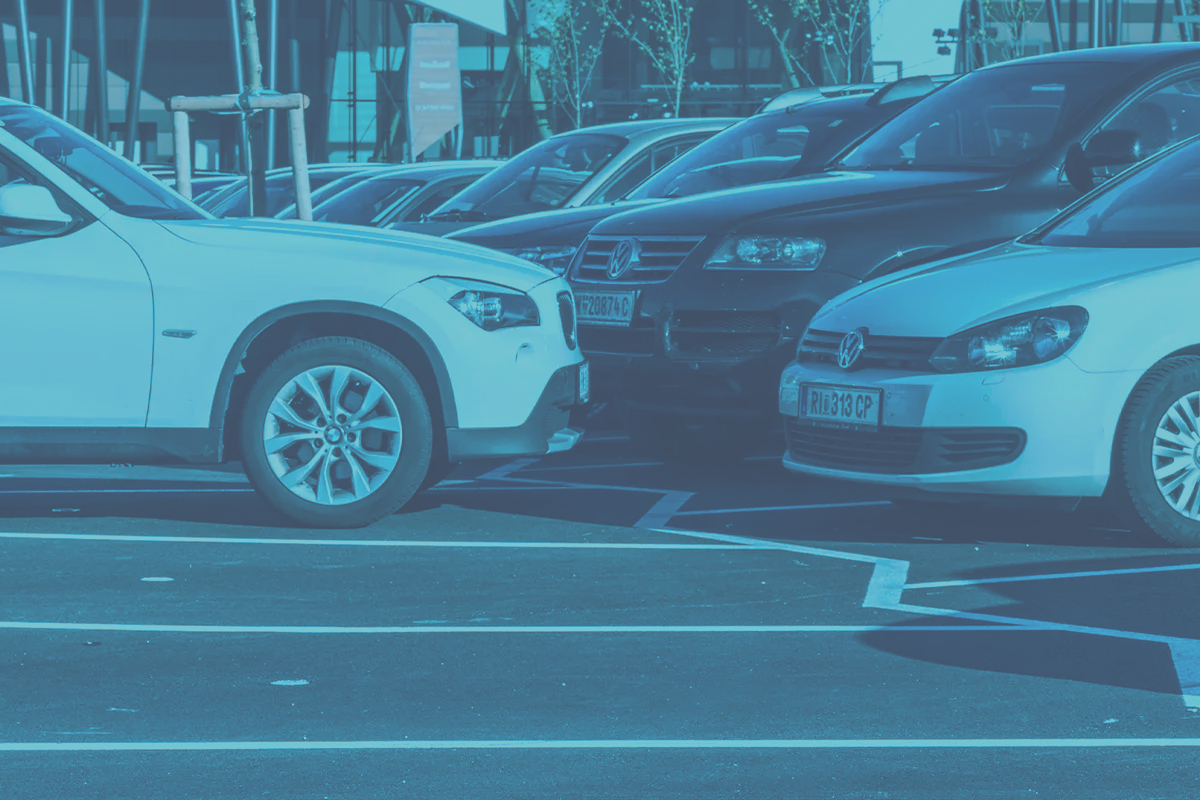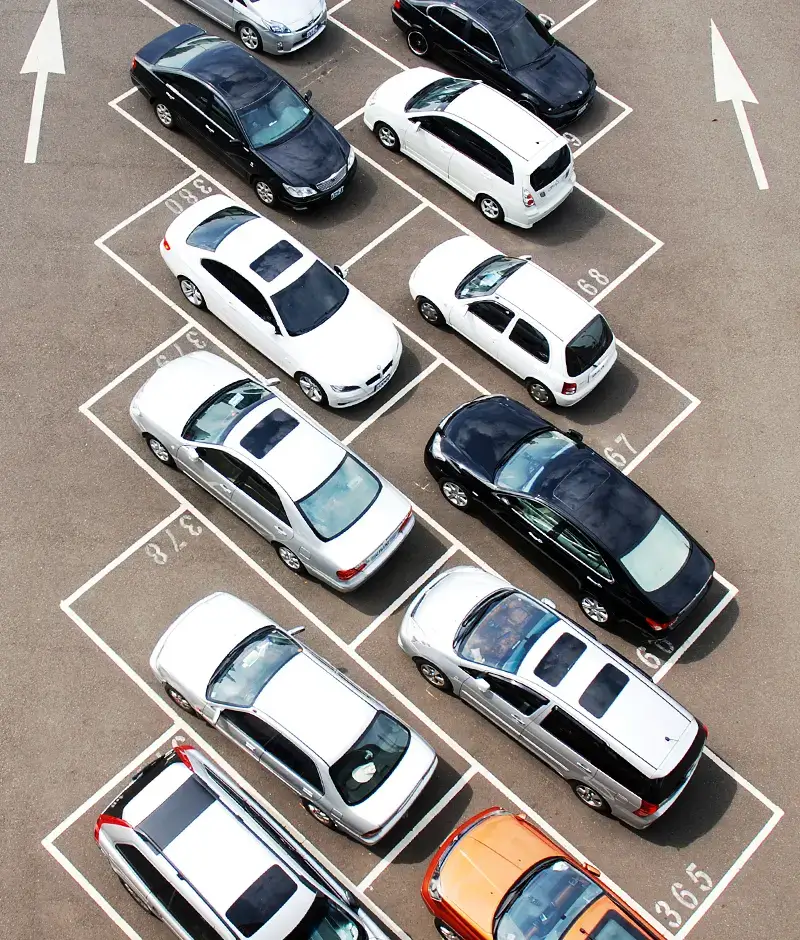Heavy traffic and congestion represent common challenges in large cities that require intelligent vehicle and parking management to solve. As the population grows, congestion becomes an obstacle to daily mobility and a concern for the quality of life of citizens and the city’s own economy. The accumulation of vehicles on the streets increases travel times and, therefore, unnecessary fuel consumption and the emission of harmful gases that affect air quality, public health and the environment.
Intelligent traffic management refers to the strategic application of advanced technologies to optimize traffic flow. These strategies range from traffic monitoring and control systems to the implementation of intelligent parking infrastructures. The combination of information technology and urban planning can alleviate road congestion and promote a safer and more accessible environment for all.
Innovative strategies for traffic management
Intelligent Transportation Systems (ITS)
Through the use of information and communication technologies, Intelligent Transportation Systems (ITS) can improve transportation efficiency and safety. These systems can detect and respond quickly to accidents and problems on the road in order to avoid disruptions and improve road safety.
Parking guidance and control systems
One of the most effective and cost-efficient strategies in the short term is the implementation of parking guidance and control systems. This technology, generally accessible through signage panels or mobile applications, makes it easier for drivers to find the nearest free spaces, reducing the time they spend looking for parking and relieving congestion in the area. On the other hand, through technology, a more efficient management of the control of regulated parking spaces, such as loading and unloading zones, handicapped parking, or parking for electric vehicle charging, is also achieved. Respect in the use of these parking lots avoids vehicles parked where they should not be or double-parked, with the chaos that this causes for the city.

Urban parking guidance
Low emission zones
More and more cities are implementing Low Emission Zones (LEZs) to restrict the access of highly polluting vehicles to certain areas of the city. The purpose is to reduce air pollution and encourage the use of alternatives such as public and active transportation.
Well-connected Park & Ride areas
A complementary measure to the previous one is to set up Park & Ride areas, park-and-ride lots on the periphery of the city, allowing drivers to park their vehicles and continue their journey by public transport. This strategy helps reduce traffic in city centers and promotes more environmentally responsible mobility. In these cases, the technology applied in these Park & Ride zones favors the use of these parking lots.

Park&Ride
Predictive traffic analysis
By analyzing historical and real-time city traffic data, we can achieve predictive models that anticipate traffic patterns and congestion. Traffic management systems can implement proactive measures such as traffic light timing adjustments, areas reserved for specific uses such as loading and unloading or handicapped, and optimization of public transportation routes.
Promotion of public and active transportation
To reduce the number of vehicles on the roads, especially during rush hour, it is also important to encourage public transportation, as well as bicycle and pedestrian mobility. Improvements in urban infrastructure such as safe bicycle lanes and wide pedestrian zones can encourage more people to opt for healthier mobility.
Intelligent traffic management success stories
Ibiza: Optimization of traffic in tourist zones
Ibiza is an example of how intelligent traffic management can transform the historic core of a city. In La Marina, sensors were installed to provide real-time data on the availability of parking spaces. This measure has made it easier to find them, reduced traffic jams and air pollution, improved access and quality of life for residents and tourists alike.
Vienna: Improving customer experience
At Vienna’s Shopping City Süd, Austria’s largest shopping mall with outdoor parking, sensors were implemented at entrances and exits as a strategy to direct drivers to available parking spaces and reduce vehicle congestion. This strategy improved the customer experience as well as increasing the number of visitors , and the mall’s sales increased.
Benefits of intelligent traffic management
In addition to improving mobility and reducing travel time, intelligent traffic management also helps reduce the emission of harmful gases. This improves air quality, benefiting both public health and the environment in the long term.
Data analysis allows traffic patterns to be detected and traffic jams to be predicted before they occur. Involving citizens in urban planning through predictive models allows institutions and companies to fine-tune optimal measures for the use and management of public and private transportation. By taking citizens into account, it is possible to adopt solutions that respond to their real needs.
Less congestion means less time wasted in traffic, which increases productivity and reduces costs associated with fuel consumption and vehicle maintenance. In addition, intelligent traffic management improves accessibility to commercial areas, encouraging greater use of public spaces and contributing to local economic development.
There are a multitude of solutions that contribute to smoother mobility both in the center and in the periphery of cities, so it is important to opt for those measures that meet the specific needs of each area. Innovative technologies such as those offered by Urbiotica make it possible to optimize vehicular flow and reduce travel times through intelligent parking systems.